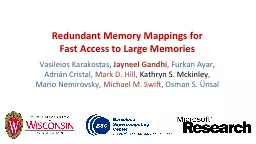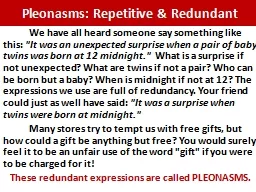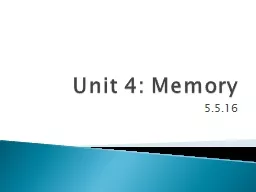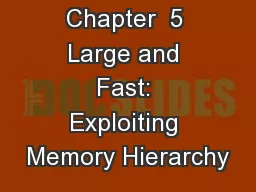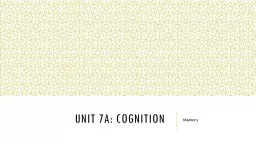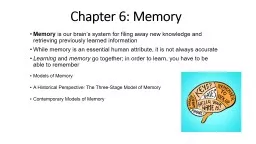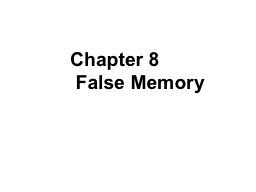PPT-Redundant Memory Mappings for Fast Access to Large Memories
Author : mitsue-stanley | Published Date : 2017-12-21
Vasileios Karakostas Jayneel Gandhi Furkan Ayar Adrián Cristal Mark D Hill Kathryn S Mckinley Mario Nemirovsky Michael M Swift Osman S Ünsal
Presentation Embed Code
Download Presentation
Download Presentation The PPT/PDF document "Redundant Memory Mappings for Fast Acces..." is the property of its rightful owner. Permission is granted to download and print the materials on this website for personal, non-commercial use only, and to display it on your personal computer provided you do not modify the materials and that you retain all copyright notices contained in the materials. By downloading content from our website, you accept the terms of this agreement.
Redundant Memory Mappings for Fast Access to Large Memories: Transcript
Download Rules Of Document
"Redundant Memory Mappings for Fast Access to Large Memories"The content belongs to its owner. You may download and print it for personal use, without modification, and keep all copyright notices. By downloading, you agree to these terms.
Related Documents

